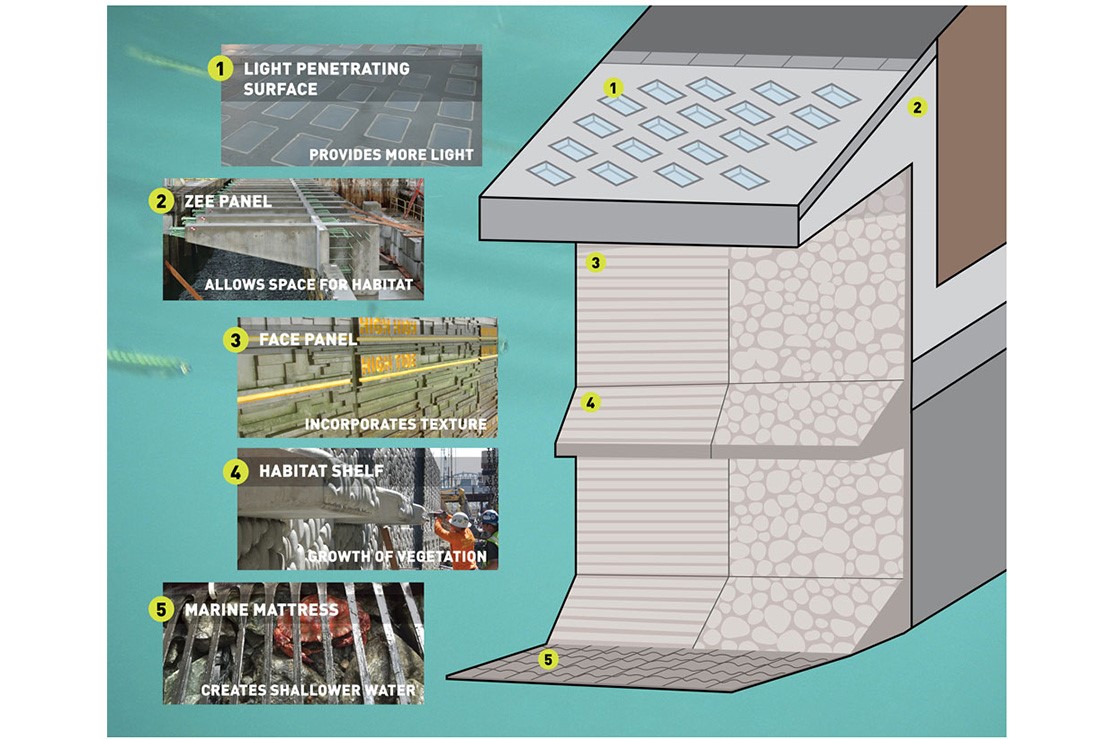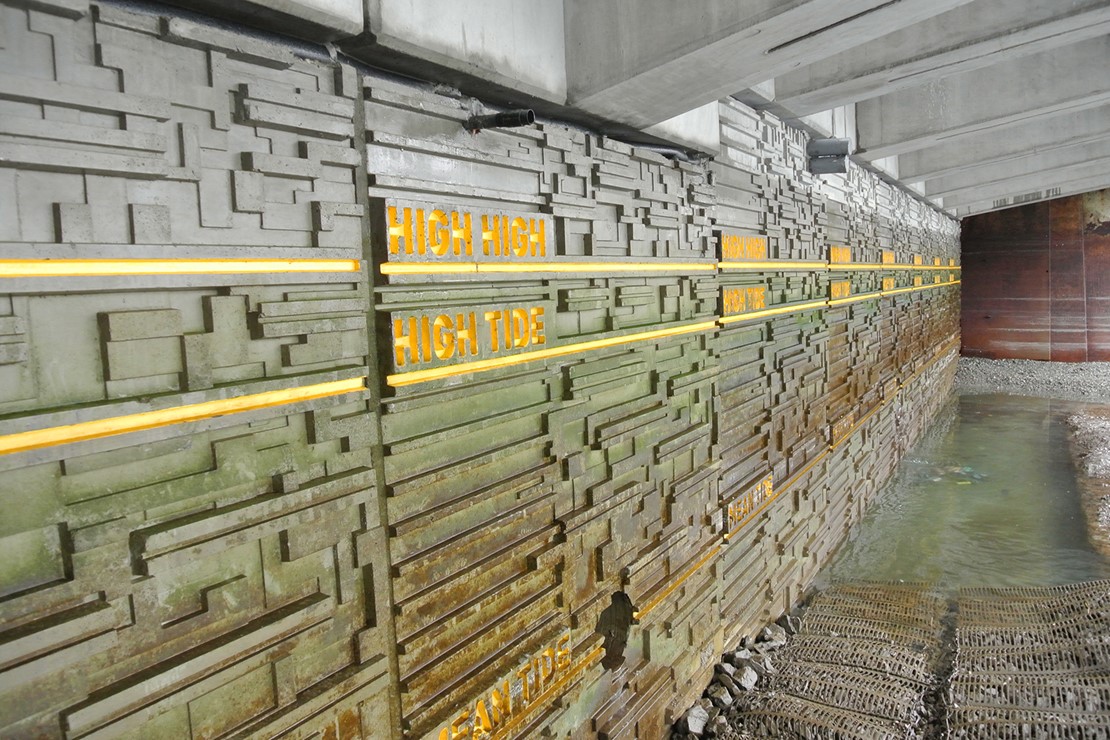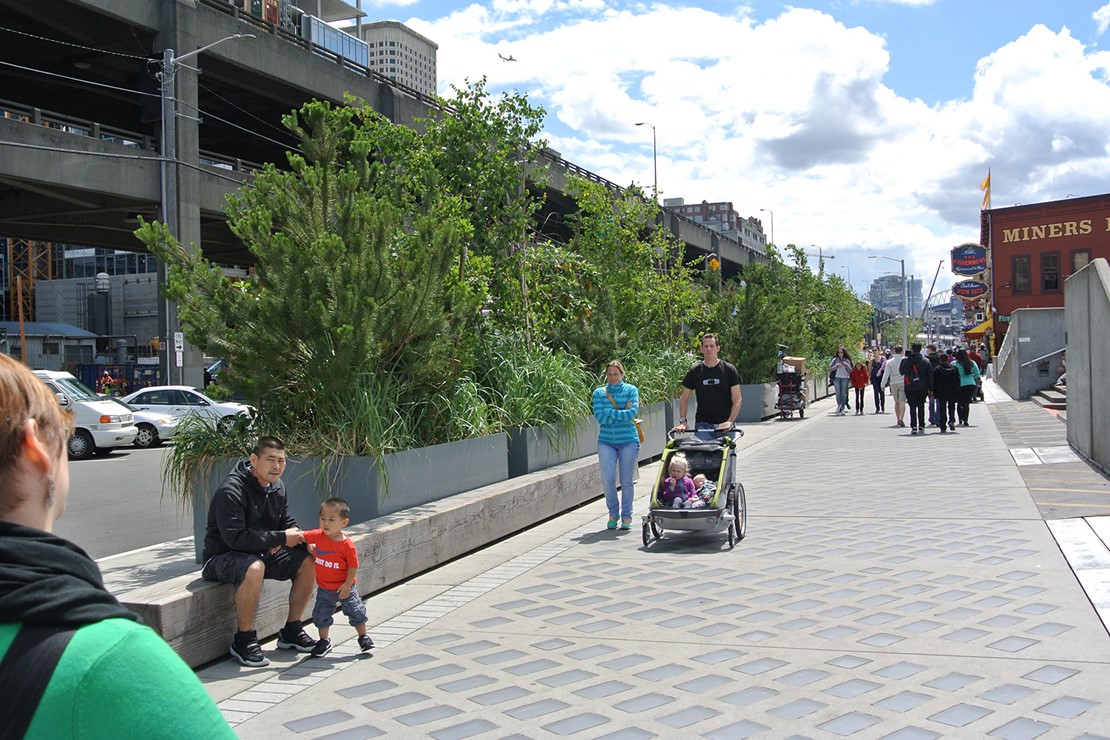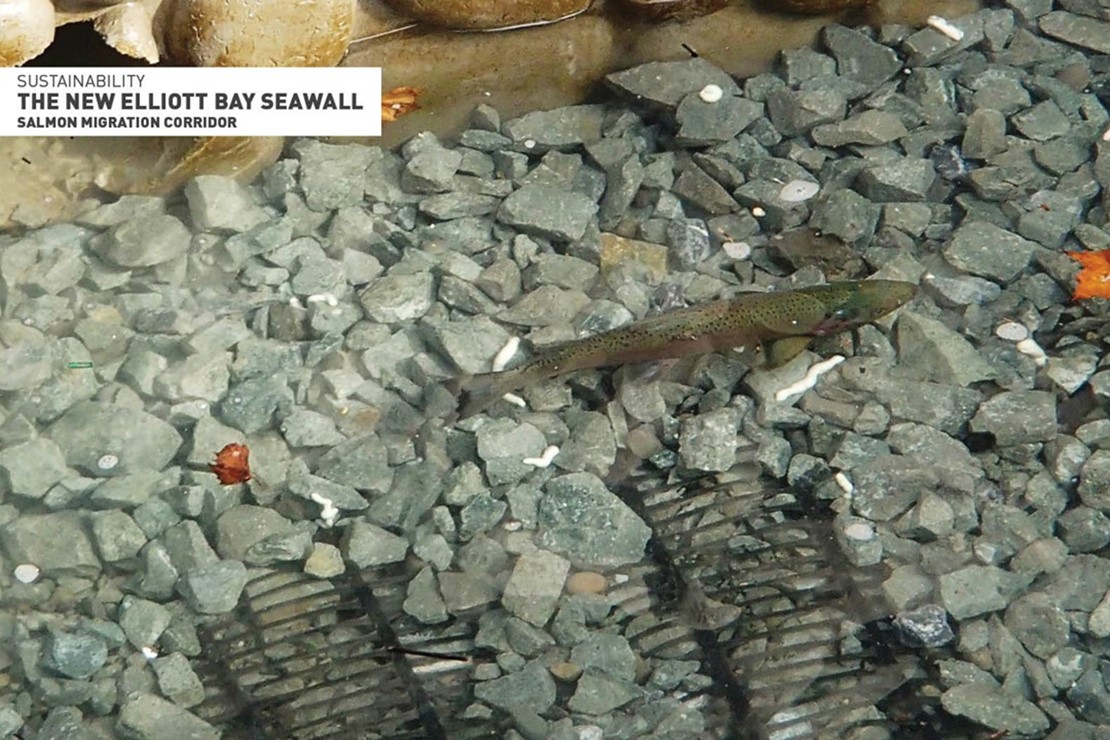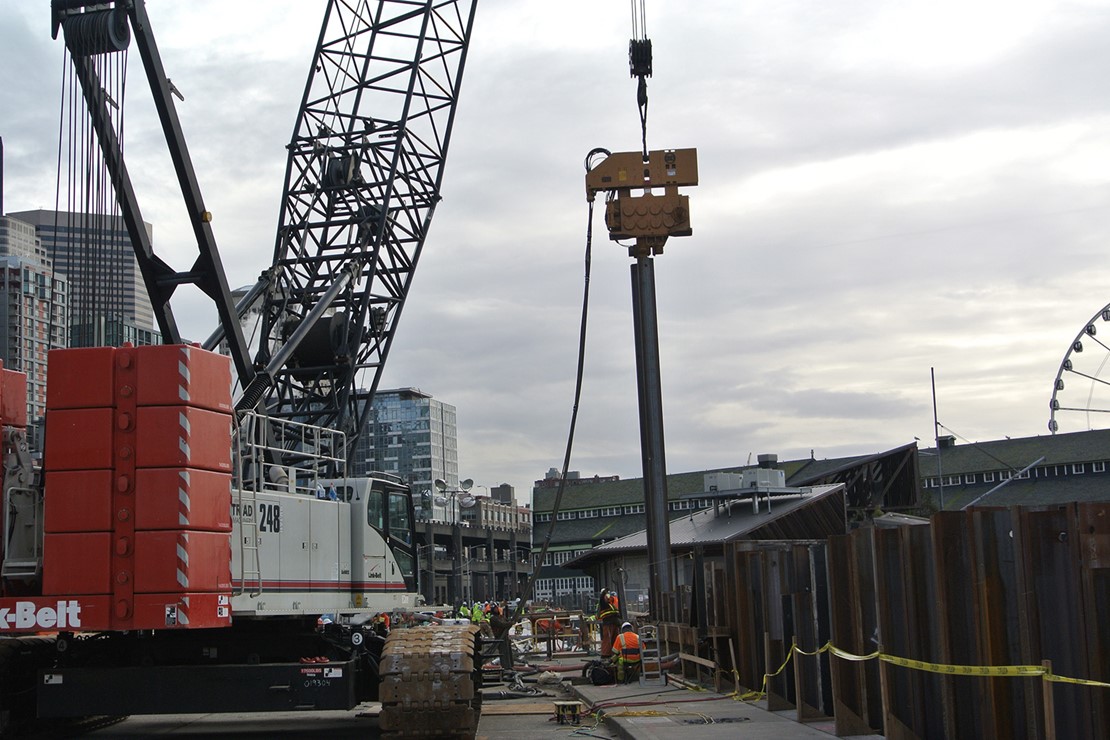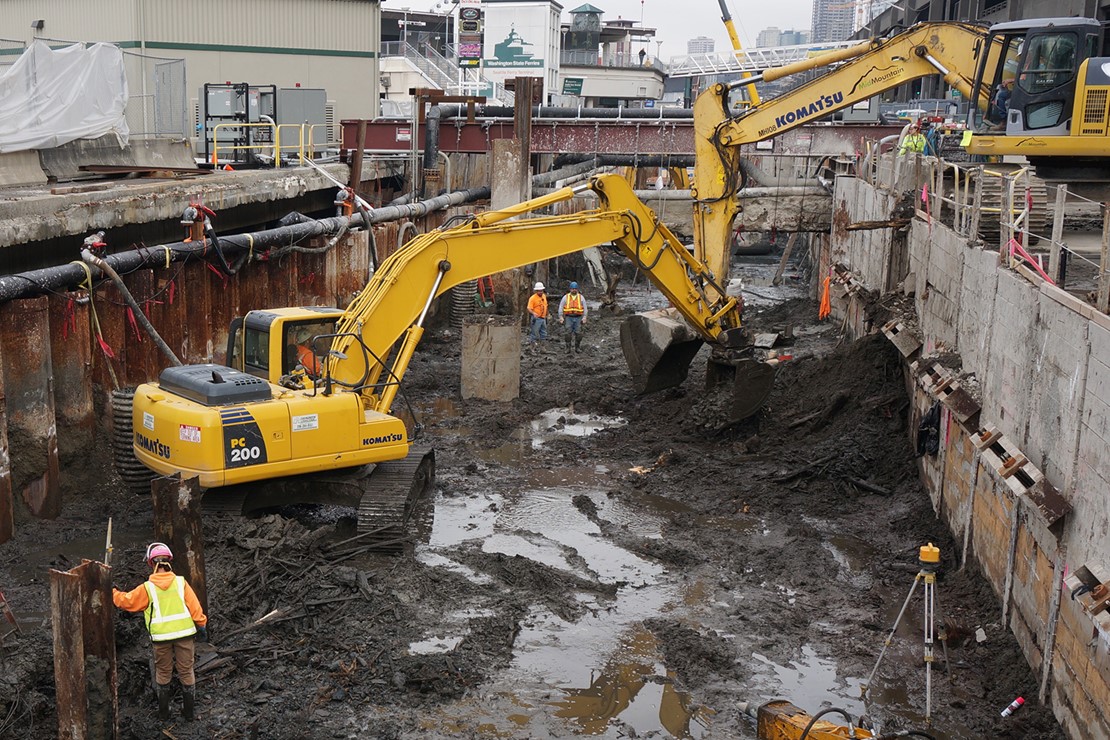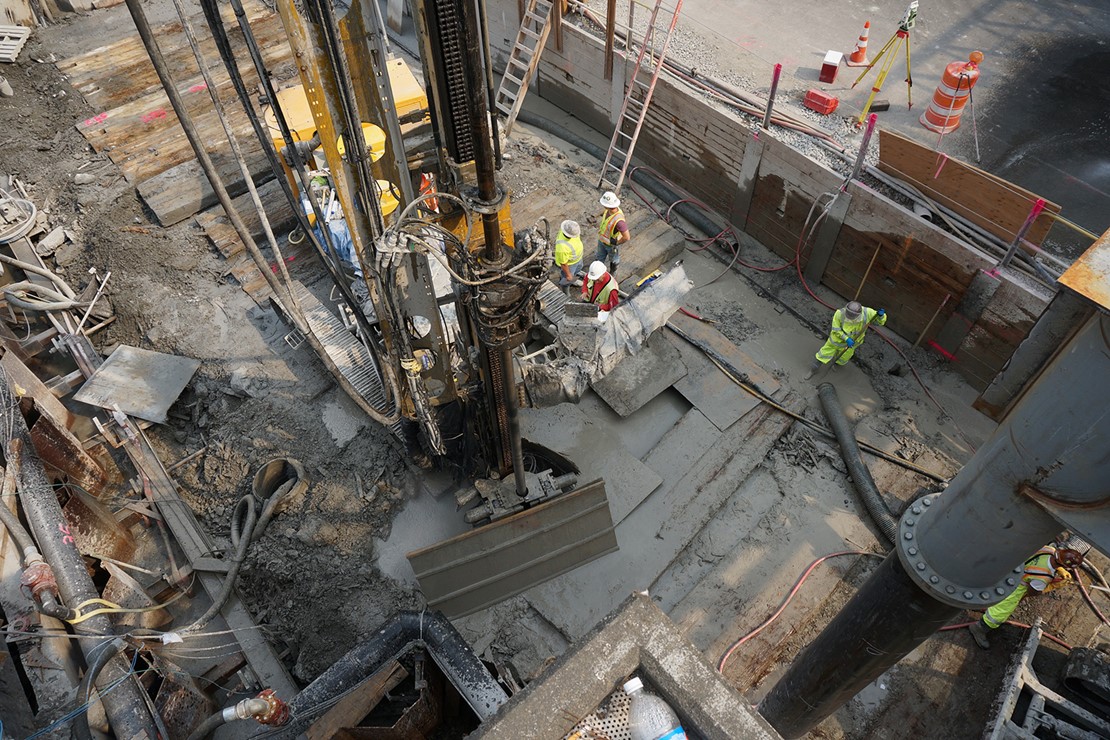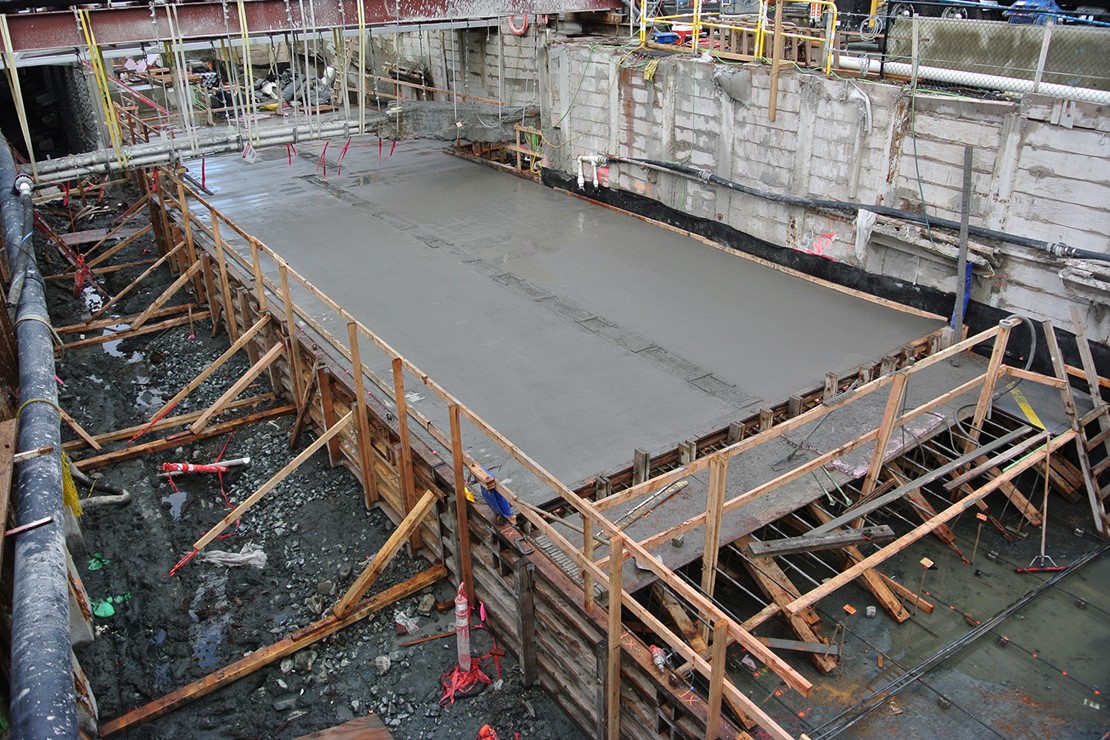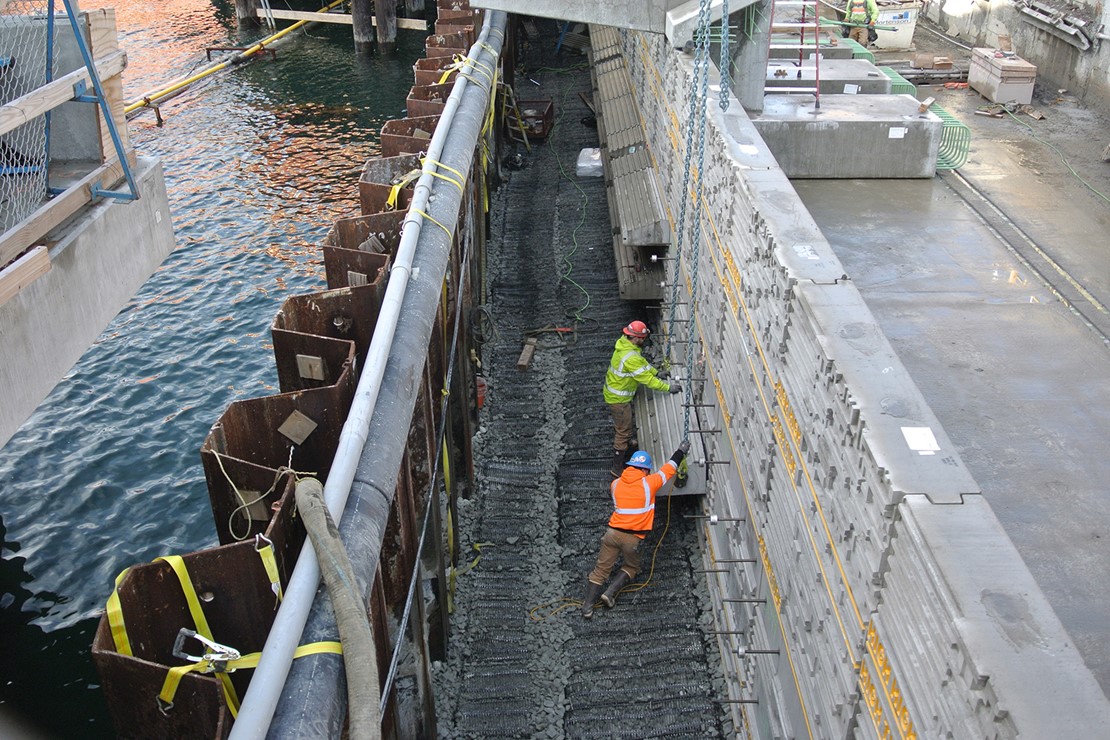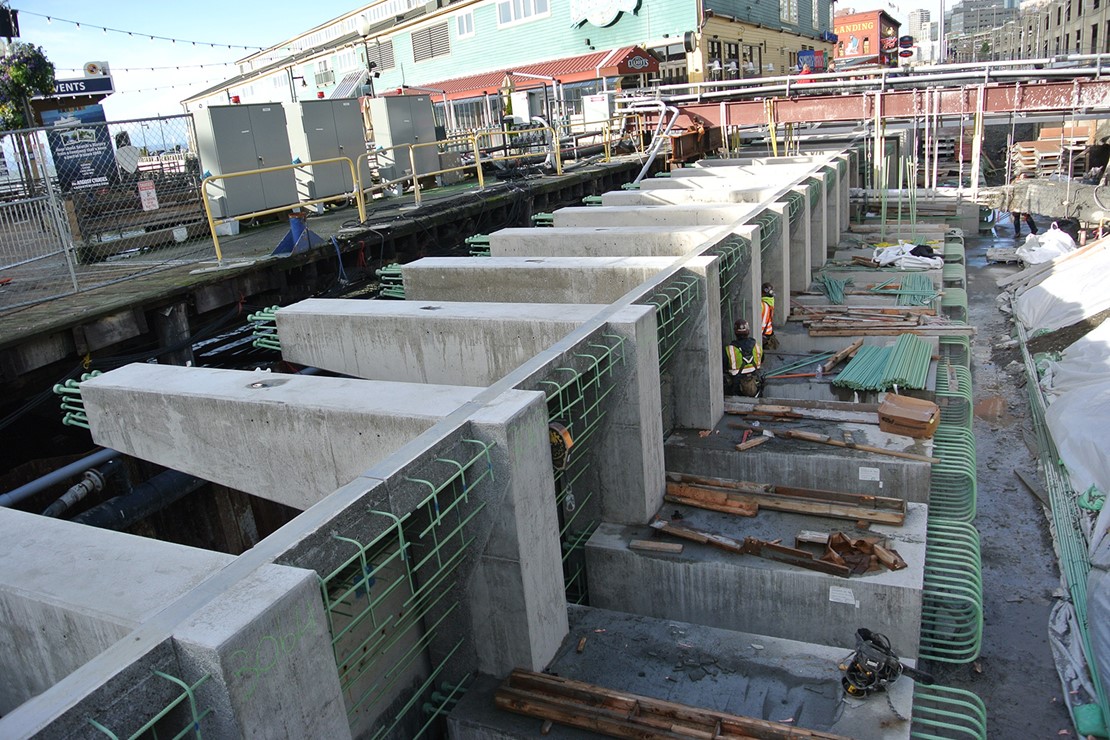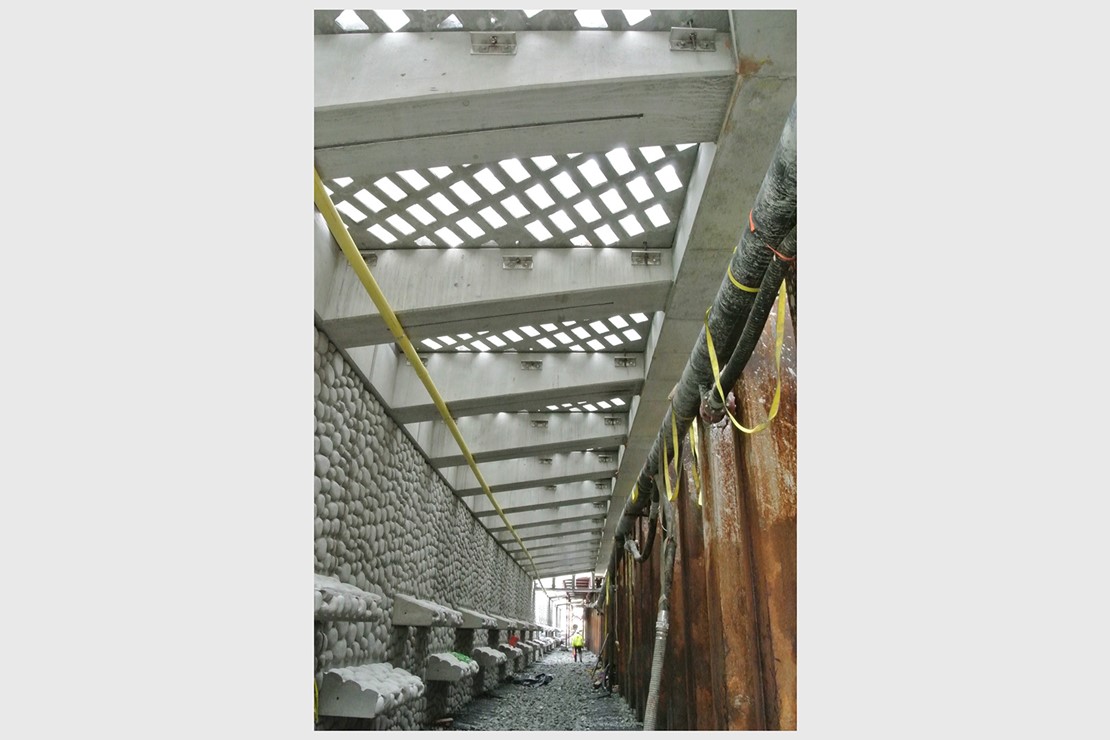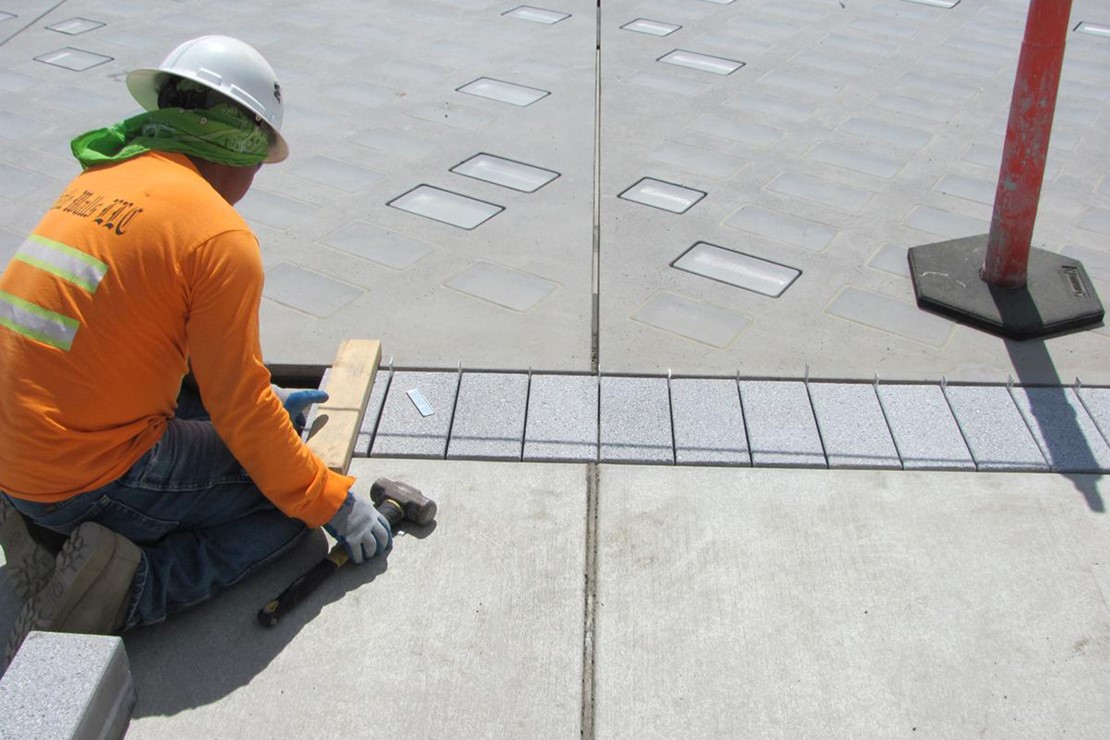Seawall Project
PROJECT OVERVIEW
Elliott Bay in Downtown Seattle has many types of seawalls that were built before 1934. In 2017, the City of Seattle replaced a portion the seawall between S Washington St on the south and Virginia St on the north. This section is built to last more than 75 years and improve the lost nearshore environment. Prior to the start of the Elliott Bay Seawall Project, the existing seawall had protected Seattle for more than 70 years, but time and the harsh marine environment weakened its structure.
The new seawall is built to meet current seismic standards, protects public safety and acts as the foundation for Seattle’s new waterfront. Habitat enhancements are restoring the salmon migration corridor and improving ecosystem productivity. Seawall features are designed to be integrated with other Waterfront Seattle improvements.
HABITAT IMPROVEMENTS
When Seattle's existing waterfront was developed, Elliott Bay lost many of its natural habitat features for fish, including sloping beaches, crevices and vegetated hiding places for salmon. Seattle's new seawall was built to improve marine habitats, with a special focus on encouraging juvenile salmon migration. The new seawall face includes grooves and nooks to promote algae growth, rock beds in the bay floor for fish to hide and forage in and a light-penetrating surface in the sidewalk above to provide light for young salmon during their migration.
The city hired researchers from the University of Washington's School of Aquatic and Fishery Sciences to monitor the results of the habitat improvements since the seawall was completed in 2017. Our 2018 monitoring report spotted 10,000 juvenile salmon in a single day in May! To learn more about how the seawall has helped enhance marine habitats, you can read this Seattle Times article: "Salmon merging onto new ‘highway’ in Seattle, complete with rest stops and restaurants".
HOW WE BUILT IT
Construction on the new seawall began in 2013 and was completed in 2017. The new seawall was built 10 to 15 feet eastward of the old seawall to accommodate construction and create additional space for habitat. Click through the slider to learn more about the construction process!
ART
A primary goal of the seawall replacement project was to increase habitat along this dynamic edge. The project features concrete textured artwork panels along the Seawall face that emulate the life forms it is trying to attract using biomimicry. Titled Seawall Strata, the artwork was developed by Laura Haddad and Tom Drugan. Strategies such as this one are using art and engineering to improve the ecosystem along this marine corridor. Click here to learn more: Waterfront Seattle - HADDAD | DRUGAN.
RELATED DOCUMENTS
- Sea Level Rise Information November 2013 [PDF, 0.7 MB]
- Construction videos [Youtube links]
AWARDS
- 2017 Advancing Women in Transportation Project of the Year
- 2017 American Public Works Association – Public Works Project of the Year Award, Disaster or Emergency Construction/Repair
- 2017 ACEC Platinum Award – Environmental Design – Magnusson Klemencic Associates – Elliott Bay Seawall Habitat and Public Space
- 2017 American Society of Landscape Architects Honor Award
- 2017 Washington Aggregates & Concrete Association Excellence awards in concrete for modular precast concrete components and jet grout-improved cellular soil mass to mitigate soil liquefaction
- 2015 Oldcastle Precast Receives Subcontractor of the Year Award from Mortenson Construction – Elliott Bay Seawall Project



